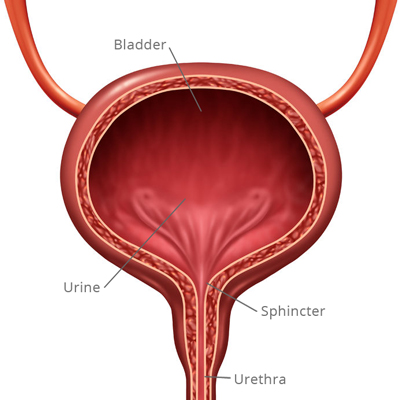Overactive bladder (OAB) is a common condition characterized by a sudden and uncontrollable urge to urinate, often resulting in frequent trips to the bathroom. This can significantly impact a person’s quality of life by causing anxiety, embarrassment, and disruption to daily activities. Fortunately, advancements in medical treatments offer promising solutions to manage and alleviate symptoms of overactive bladder.
Behavioral Therapies:
- Bladder Training: This involves gradually increasing the intervals between urination to help control urges and increase bladder capacity.
- Scheduled Toilet Trips: Establishing a fixed schedule for bathroom visits can help reduce the frequency of urges.
- Fluid Management: Monitoring and adjusting fluid intake to avoid triggering symptoms.
Physical Therapy:
- Pelvic Floor Muscle Exercises (Kegel exercises): Strengthening the pelvic floor muscles can improve bladder control and reduce urgency.
Medications:
- Anticholinergics: These drugs help relax the bladder muscle and reduce urinary urgency and frequency. Newer formulations with improved side effect profiles are available.
- Beta-3 Agonists: These medications work by relaxing the bladder muscle and increasing bladder capacity.
Neuromodulation:
- Sacral Nerve Stimulation (InterStim): This involves implanting a device that sends electrical impulses to the nerves controlling the bladder, helping to reduce urgency and frequency.
- Peripheral Tibial Nerve Stimulation (PTNS): Involves stimulating the nerves in the ankle, which in turn affects bladder function.
Botox Injections:
- Botulinum toxin injections directly into the bladder muscle can help relax it and reduce urinary urgency and frequency. This treatment is typically reserved for those who do not respond to other therapies.
Surgical Interventions:
- Augmentation Cystoplasty: This involves enlarging the bladder using a part of the bowel to increase its capacity.
- Urinary Diversion: Redirecting urine away from the bladder to a surgically created stoma or pouch.
Emerging Therapies:
- Gene Therapy: Research is ongoing into using gene therapy to modify the genes responsible for bladder function.
- Stem Cell Therapy: Investigational studies are exploring the use of stem cells to repair damaged bladder tissue and improve function.
Advancements in understanding the underlying mechanisms of overactive bladder have led to more targeted and effective treatments. Personalized approaches, considering factors such as age, severity of symptoms, and underlying health conditions, are crucial in determining the most appropriate treatment plan. Regular consultation with healthcare providers and urologists is essential for monitoring progress and adjusting therapies as needed to achieve optimal outcomes and improve quality of life for individuals with overactive bladder.





Comments